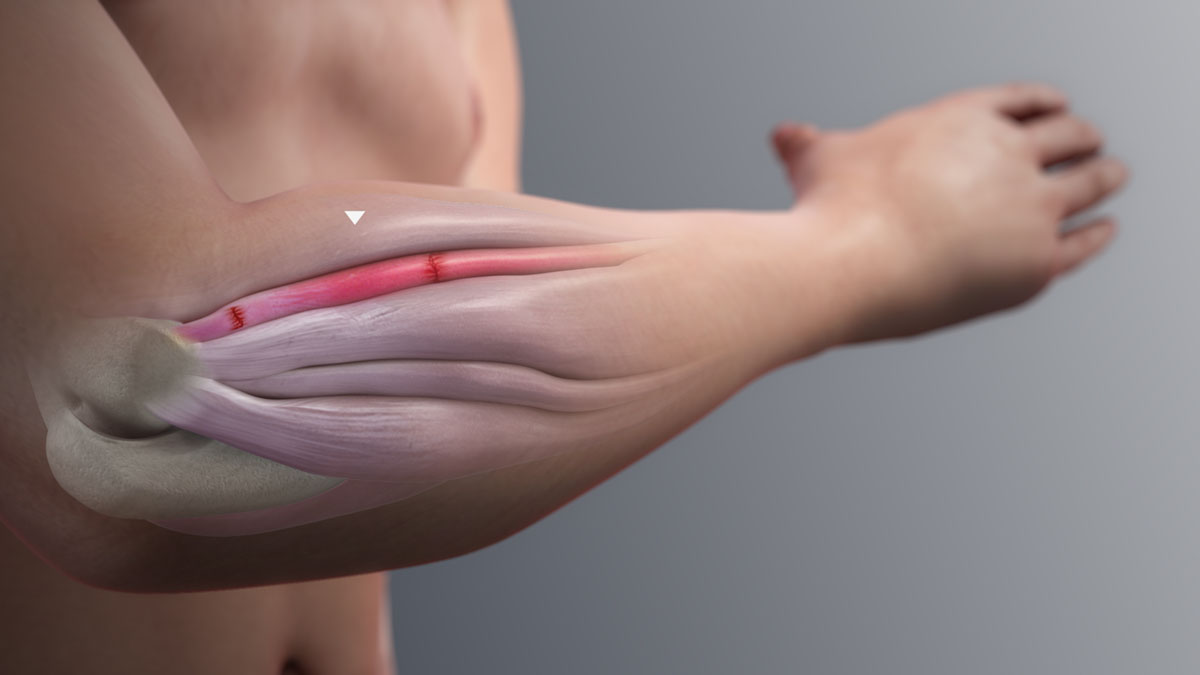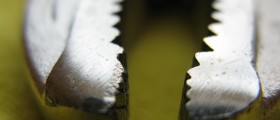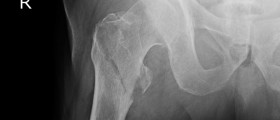Introduction
Radial head fractures are common injuries and they are present in about 20 percent of acute elbow injuries. They more frequently occur in women, especially those that are in between the age of 30 and 40 years old.
This injury is commonly caused by a fall onto an outstretched hand. Radial head fractures cause pain and swelling around the elbow, generally.
Almost 10 percent of all elbow dislocations include a fracture of the radial head. It occurs when the upper arm bone and the ulna return to normal alignment and a piece of the radial head bone is then fractured or chipped off.
Some of the common symptoms of such an injury include pain on the outside of the elbow, joint swelling problems in bending and straightening the elbow without pain and the inability to turn the forearm to have the palms facing up or down.
Treatment of Radial Head Fracture
Usually the fracture will have to be treated by way of surgery. They can be treated by either an open or closed method.
Some surgical methods have included excision of fracture fragments, replacement and internal fixation.
Some problems in the procedures of proximal radial migration, excision and replacement have led experts to believed that anatomic reduction and internal fixation are the best treatments for a displaced radial head and dislocations.
- Fractures of the radial head are common, with an estimated incidence of 2.5 to 2.8 per 10000 inhabitants per year.
- They account for approximately one-third of all elbow fractures.
- The mean age of patients that sustain a radial head fracture varies between 44 to 47.9 years.
- Male-female ratios vary between 1:1, 2:3 and 3:2.
- Female patients are significantly older compared to male patients (37-41 years vs 48-54 years). The peak incidence in men is between the age of 30 and 40 years and in women it is between 50 and 60 years.
If the radial head needs to be removed, there will have to be an implant inserted to prevent instability of the elbow. This will be necessary if other bones or ligaments were hurt in the process, usually. In other cases the removal of an isolated radial head will usually not cause any problems with the functionality of the elbow joint. Problems
Some problems of these traumatic injuries are that they require very adequate treatment in order to prevent further injuries and chronic stiffness, deformity, arthritis, nerve damage and other such serious complications.
Complications of the Radial Head Fracture
Some early complications of the radial head fractures include compartment syndrome neurovascular injuries, and infections. Later complications include nonunion, hardware failure, malunion, infection, synostosis and persistent and nagging pain.
An early diagnosis is necessary in order to avoid such complications. Any pain on passive stretching, firmness or tightness, altered sensations of paresthesia and unusual pain in the elbow need to get checked out immediately.
If pain persists, then it could be a matter of hardware, intra-articular cartilage injuries, post-traumatic arthritis, adhesion, misalignment, nerve and muscle injuries.
It is important to note that even the simplest fracture will probably result in a loss of extension in the elbow, at least to some extent.

















Your thoughts on this
Loading...